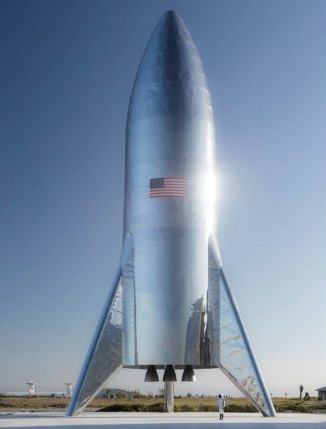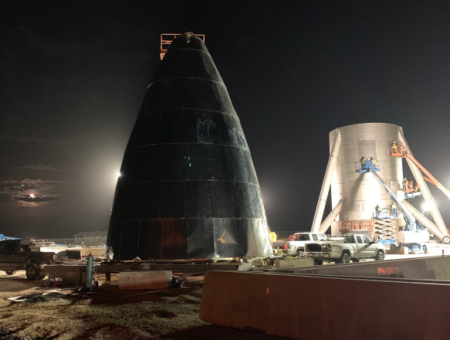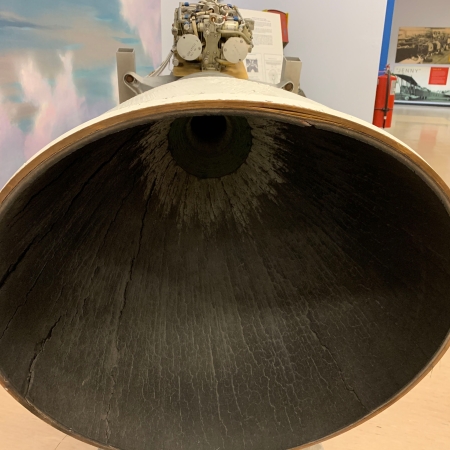SpaceX shifts some Starship/Super Heavy construction to Texas
Capitalism in space: SpaceX has decided to shift some of the construction of its new Starship/Super Heavy rocket from Los Angeles to its Boca Chica facility in Texas.
In tweets later Jan. 16, Elon Musk, the founder and chief executive of SpaceX, said that development of the vehicle itself, including the Raptor engines that power it, would continue in Hawthorne, while at least the prototype versions of Starship are built in Texas. “We are building the Starship prototypes locally at our launch site in Texas, as their size makes them very difficult to transport,” he said.
A shift to South Texas, industry sources said, could be a way to reduce expenses, given the lower cost of living there versus the Los Angeles area. However, that region of Texas has a much smaller workforce, particularly in aerospace, compared to Southern California.
Meanwhile, I keep hearing from my sources in the industry that SpaceX is facing more serious problems because of the coming decline in the manufacture of large geosynchronous satellites. The smallsat revolution appears to be the cause, and SpaceX’s larger rockets are not ideal for launching these tiny satellites. I am not entirely convinced of this pessimistic conclusion, but if SpaceX is in trouble it will likely be a tragedy for manned spaceflight. The smallsat rockets cannot put people in space. Neither can the gigantic government rockets like SLS. Without innovative companies like SpaceX building and launching large rockets for profit, the development of the large inexpensive rockets needed for human travel will be significantly hampered.
Capitalism in space: SpaceX has decided to shift some of the construction of its new Starship/Super Heavy rocket from Los Angeles to its Boca Chica facility in Texas.
In tweets later Jan. 16, Elon Musk, the founder and chief executive of SpaceX, said that development of the vehicle itself, including the Raptor engines that power it, would continue in Hawthorne, while at least the prototype versions of Starship are built in Texas. “We are building the Starship prototypes locally at our launch site in Texas, as their size makes them very difficult to transport,” he said.
A shift to South Texas, industry sources said, could be a way to reduce expenses, given the lower cost of living there versus the Los Angeles area. However, that region of Texas has a much smaller workforce, particularly in aerospace, compared to Southern California.
Meanwhile, I keep hearing from my sources in the industry that SpaceX is facing more serious problems because of the coming decline in the manufacture of large geosynchronous satellites. The smallsat revolution appears to be the cause, and SpaceX’s larger rockets are not ideal for launching these tiny satellites. I am not entirely convinced of this pessimistic conclusion, but if SpaceX is in trouble it will likely be a tragedy for manned spaceflight. The smallsat rockets cannot put people in space. Neither can the gigantic government rockets like SLS. Without innovative companies like SpaceX building and launching large rockets for profit, the development of the large inexpensive rockets needed for human travel will be significantly hampered.




